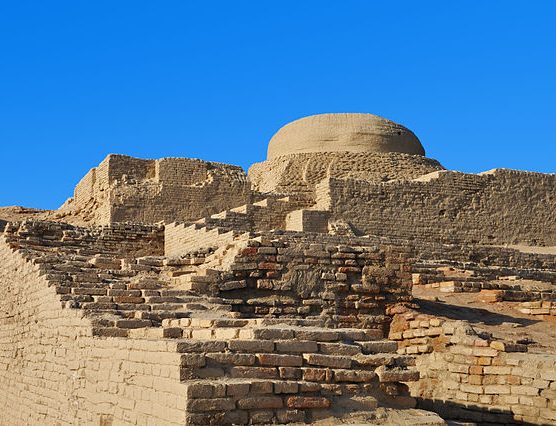Summary
Discovering Mohenjo Daro
Unveiling the past, Mohenjo Daro stands as a testament to ancient urban planning and civilization in the Indus Valley. This archaeological marvel was one of the world’s earliest major cities. It thrived around 2600 BCE, well-planned with remarkable drainage systems and baked-brick houses. Explorers today marvel at the Great Bath, a central structure believed to hold religious significance. This once-bustling metropolis offers a unique window into early life, highlighting the ingenuity of its inhabitants.
Get your dose of History via Email
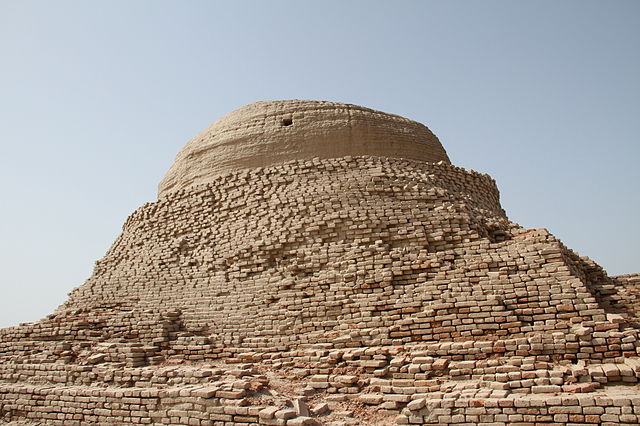
Architecture and Urban Design
With its sophisticated urban design, Mohenjo Daro reflects the advanced level of civil engineering achieved by its inhabitants. The city layout shows a keen understanding of civic planning, featuring streets laid out in perfect grid patterns. Buildings constructed from uniform bricks suggest an organized society with standardized production methods. The Citadel, a prominent structure, and the Lower City, with its residential and commercial spaces, provide insights into the city’s social hierarchies and lifestyles.
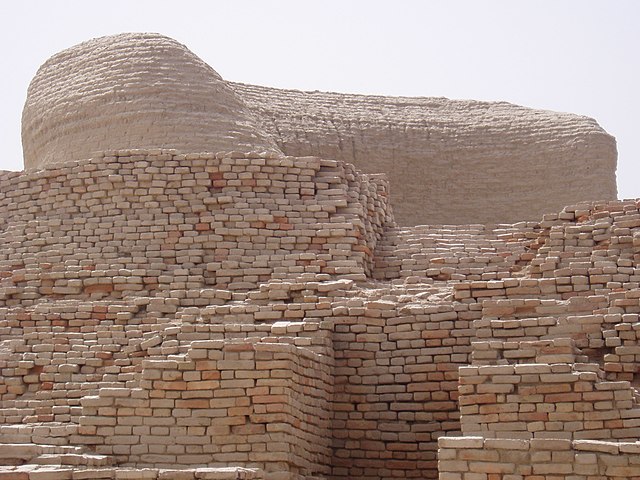
Legacy and Importance
Mohenjo Daro’s legacy extends beyond its archaeological significance, contributing to our understanding of ancient societies. Its meticulous planning and public amenities like granaries, warehouses, and marketplace highlight a highly developed economic system. As a UNESCO World Heritage site, it serves as a cultural touchstone, emphasizing the importance of preserving human history. Modern scholars and tourists alike continue to be enchanted by this historical jewel of the Indus, long silenced but never forgotten.
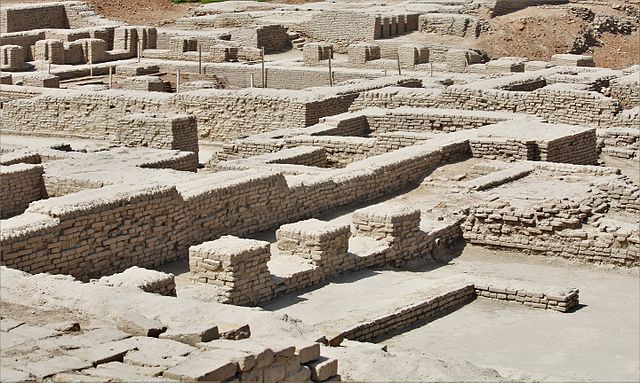
Historical Background of Mohenjo Daro
The Rise of an Urban Settlement
Mohenjo Daro, a cornerstone of the Indus Valley Civilization, emerged around 2500 BCE. It flourished as one of the most advanced urban centers of its time. Life in Mohenjo Daro was marked by pioneering achievements in sanitation, craftsmanship, and urban planning. Its rise, along with Harappa, another prominent city, marked an era of unprecedented urban development in South Asia.
Architectural Mastery and Social Structure
In its heyday, Mohenjo Daro boasted remarkable architectural prowess, with sturdy brick homes and a citadel for official functions. The city’s inhabitants displayed a robust understanding of social and economic structures. They lived in a stratified society, evident through the various sizes and designs of residences. Public buildings and granaries point to a well-organized governance system, underpinning the society’s prosperity.
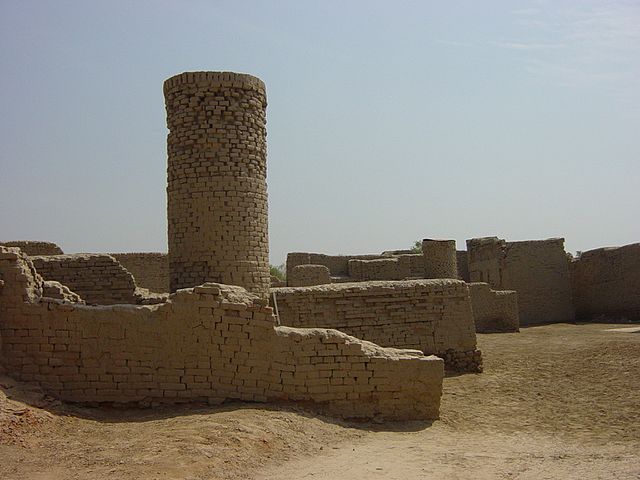
As a trading hub, Mohenjo Daro was a nucleus of extensive commercial networks. Artifacts found at the site suggest active trade with distant regions. Copper, gold, and precious stones furnished the local craftsmen with the means to produce luxury goods. This further highlights the interconnected nature of ancient civilizations.

Religious Practices and Cultural Life
Religion in Mohenjo Daro likely involved ritual baths and reverence for mother goddesses, as indicated by the Great Bath and terracotta figurines. Cultural expressions in art and pottery reveal a society rich in beliefs and creativity. It is important to note, however, that much about their religion remains shrouded in mystery due to the undeciphered script of the Indus people.
By 1900 BCE, Mohenjo Daro, along with the broader Indus Valley Civilization, began its decline. The reasons behind the fall are still debated among historians, with theories ranging from environmental change to invasions. Nevertheless, the mysteries of Mohenjo Daro continue to captivate historians and archaeologists, eager to uncover the whispers of this ancient, yet sophisticated civilization.
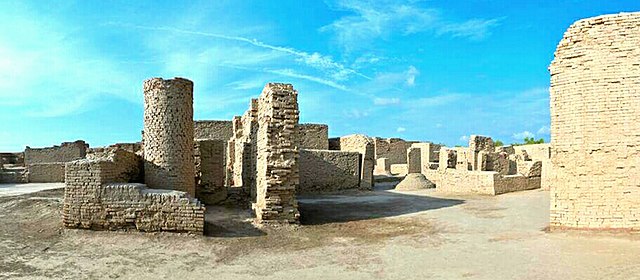
The Discovery of Mohenjo Daro
Stumbling Upon the Ancient City
The discovery of Mohenjo Daro, now known as one of the great cities of the ancient world, was an accident. In the 1920s, workers laying the Lahore-Multan railway chanced upon the remains. They found a mound brimming with historical significance, not realizing its importance at first. The site contained remnants of a long-lost civilization, soon to captivate scholars worldwide.
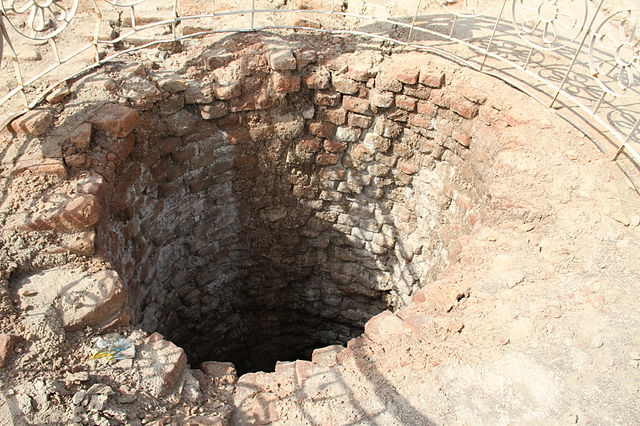
R.D. Banerji’s Pioneering Excavation
Archaeologist Rakhaldas Banerji, working for the Archaeological Survey of India, led the early excavation in 1922. He recognized the worth of the baked bricks found by the railway workers. His keen eye uncovered the first clues of an urban settlement dating back to the third millennium BCE. Banerji’s findings would rewrite the history of the Indian subcontinent.
Further exploration revealed advanced urban planning. The site showcased grid patterns of streets and houses with elaborate drainage systems. It testified to the existence of a highly organized society. The discovery of seals and weights suggested a complex commercial system that was in use more than 4,000 years ago.
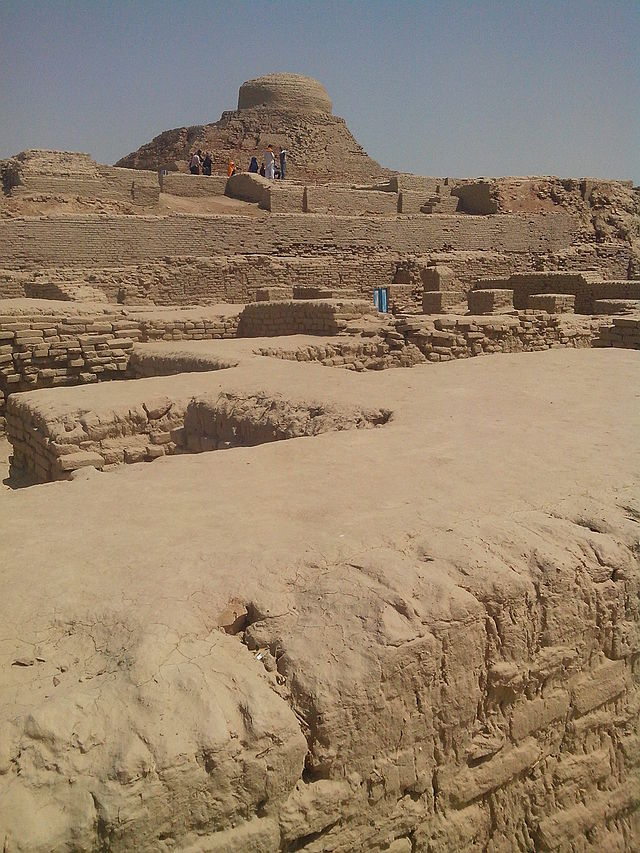
Unveiling the Great Bath and Citadel
One of the crowning discoveries at Mohenjo Daro was the Great Bath, hinting at ritual and ceremonial use. It was part of the Citadel, an elevated area believed to be a center of governance. This finding emphasized the cultural and religious sophistication of the Indus Valley inhabitants.
Excavations continued for over 20 years, revealing more about Mohenjo Daro’s layout and daily life. Artefacts such as pottery, tools, and ornaments provided a fuller picture of the civilization. The discoveries at Mohenjo Daro, together with those at Harappa, led to the revelation of the Indus Valley Civilization, reshaping our understanding of ancient history.
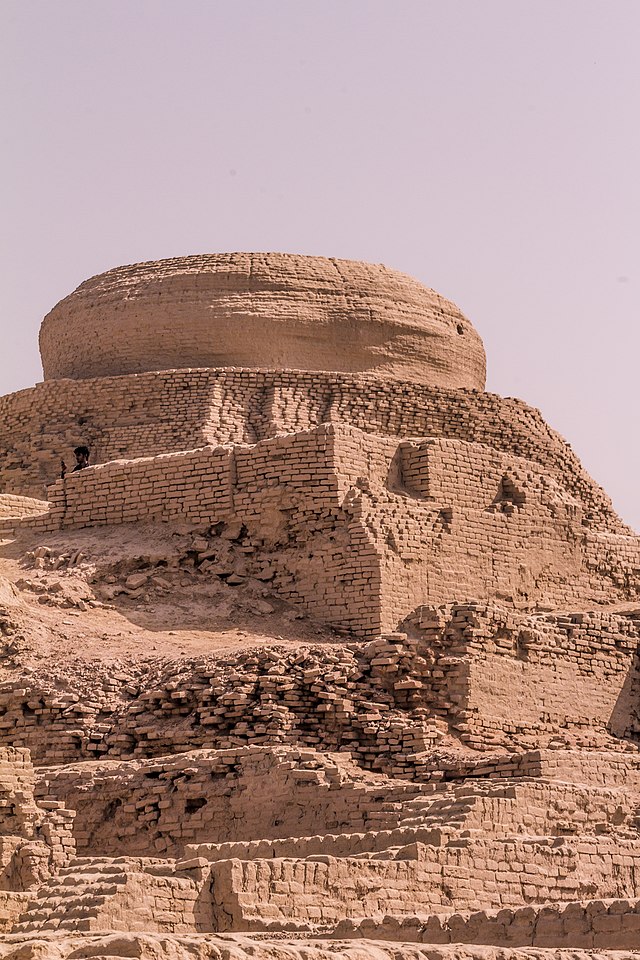
Cultural Significance, Dating methods, Theories and Interpretations
Deciphering Mohenjo Daro’s Timeline
The dating of Mohenjo Daro is pivotal to understanding its role in ancient history. Scholars have relied on radiocarbon dating to pinpoint the city’s existence to around 2600 BCE. This aligns Mohenjo Daro with other major urban centers of the Indus Valley. Continued research and dating efforts refine these timelines, providing a more nuanced view of its historical context.
The Cultural Impact of an Ancient Civilization
Mohenjo Daro’s significance extends far beyond its physical ruins. It stands as a symbol of the advanced cultural achievements of the Indus Valley Civilization. Architecture, art, and the remains of written language offer a glimpse into their world. These cultural artefacts reflect a society rich in tradition and sophistication, influencing subsequent societies in the region.
Despite extensive studies, the script found at Mohenjo Daro remains undeciphered. This mystery captivates linguists and historians alike. The inability to read their texts leaves a gap in fully appreciating their stories, religion, and lifestyle. Theories suggest that once decoded, the script could unlock a wealth of information about the Indus people.
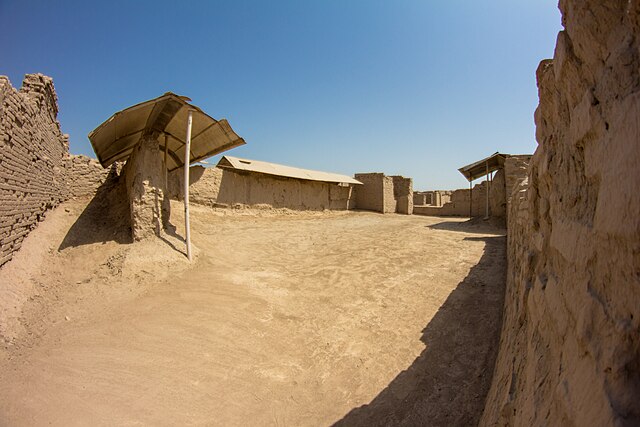
Theories Surrounding Mohenjo Daro’s Decline
Many theories swirl around the decline of Mohenjo Daro. Experts have considered climate change, shifts in trade routes, and even natural disasters as potential causes. The lack of definitive evidence means that these theories continue to evolve. This has led to a rich scholarly debate that keeps the discussion about Mohenjo Daro alive and engaging.
Despite numerous excavations, Mohenjo Daro still hides many of its secrets beneath the earth. Each new finding at the site adds a piece to the puzzle. As technology advances, archaeologists hope to uncover more clues. These could radically transform our understanding of the Indus Valley Civilization and its enigmatic city, Mohenjo Daro.
Conclusion and Sources
In conclusion, Mohenjo Daro’s legacy is a testament to the grandeur of ancient urban innovation and culture. The city’s sophisticated design, coupled with its complex social and economic structures, provides an indelible insight into the life of the Indus Valley Civilization. Although much of its language and scripts remain a mystery, ongoing research promises new discoveries. Mohenjo Daro continues to be a pivotal archaeological and historical site, offering profound lessons in urban planning and cultural achievements that resonate with modern society.

For further reading and to validate the information presented in this article, the following sources are recommended:
Or you can check any of these reputable archaeological and historical texts:
Petrie, C. A. Mourato, D. J. (2010). Chronology of the Neolithic to Harappan Transition in Northwestern South Asia. Radiocarbon, 52(3), 734-741.
Kenoyer, J. M. (1998). Ancient Cities of the Indus Valley Civilization. Oxford University Press.
Possehl, G. L. (2002). The Indus Civilization: A Contemporary Perspective. AltaMira Press.
Wright, R. P. (2009). The Ancient Indus: Urbanism, Economy, and Society. Cambridge University Press.
Marshall, J. (1931). Mohenjo-Daro and the Indus Civilization. Asian Educational Services.

